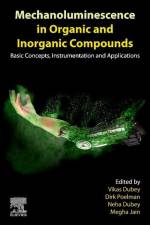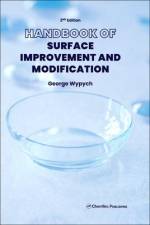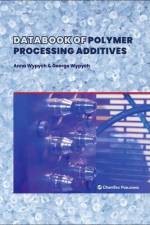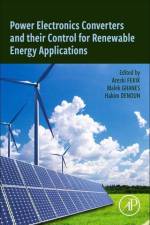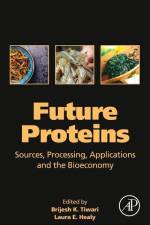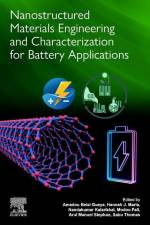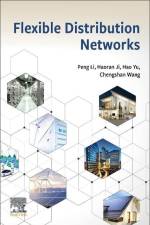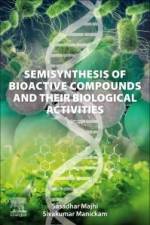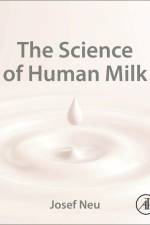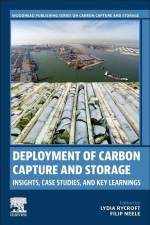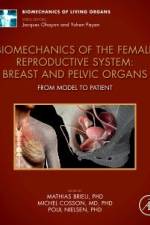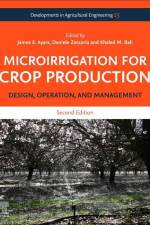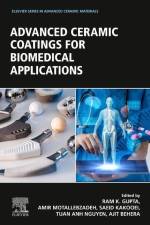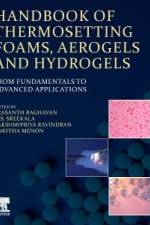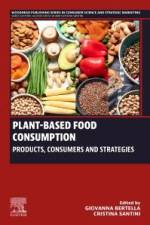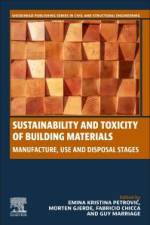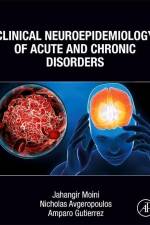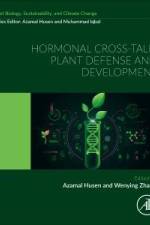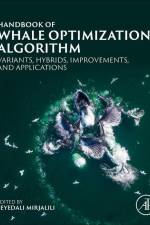av Prasanth Raghavan
2 757
Handbook of Thermosetting Foams, Aerogels, and Hydrogels: From Fundamentals to Advanced Applications presents the latest knowledge on the preparation, characterization, properties, and applications of thermoset foams, aerogels, and hydrogels. This book begins by introducing thermoset foams, aerogels, and hydrogels, their characteristics, current applications, potential for further development, and environmental impact. This is followed by three sections, each focusing on foams, aerogels, and hydrogels developed from a specifi c thermosetting polymer category, covering polyurethane, epoxy resins, and formaldehyde. In each section, detailed coverage guides the reader through the preparation, structure, characterization, properties, processing, and applications of foams, aerogels, and hydrogels based on that material, as well as addressing key challenges in terms of design, processing, and implementation, and possible solutions. This is a valuable resource for researchers and advanced students with an interest in thermoset lightweight materials, across the disciplines of polymer science, chemistry, nanotechnology, materials science, and engineering. This is also of interest to R&D professionals, engineers, and scientists working with foams, hydrogels, and aerogels for a range of applications and industries.

